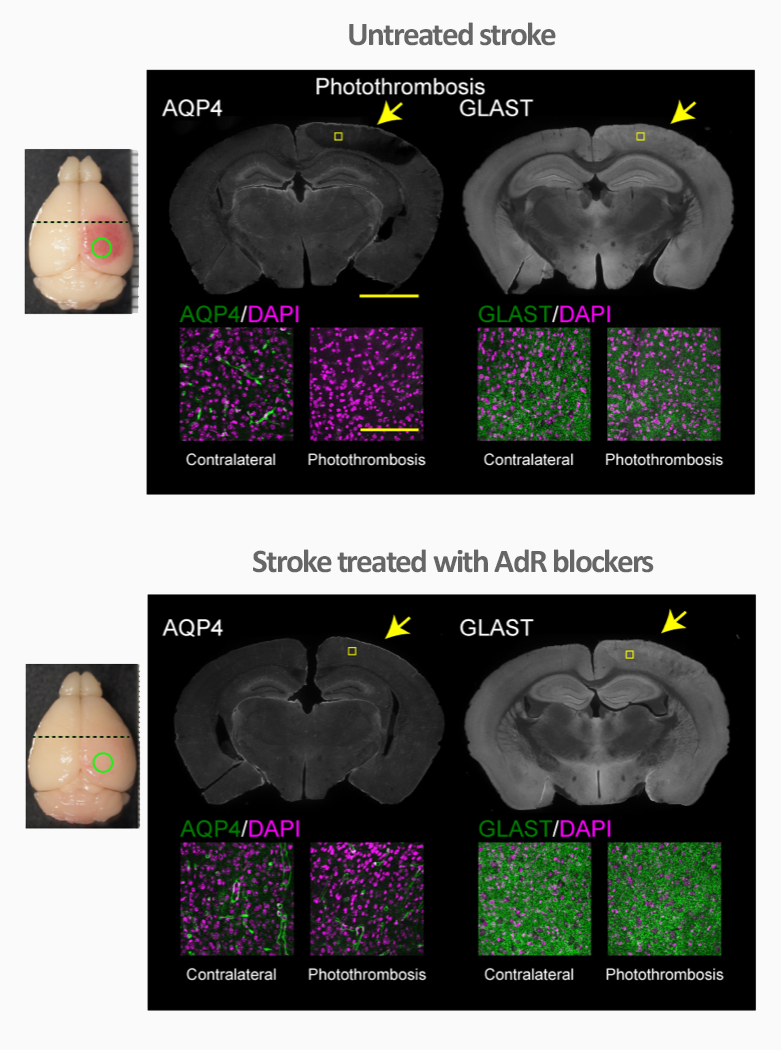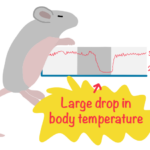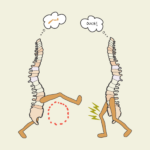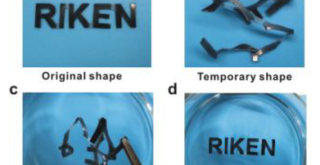Brain injuries like stroke can be debilitating and require time-sensitive treatment. Clotting factors like thrombin are commonly administered to patients, but many other stroke-related signs can be targeted, such as swelling and ion imbalances in the surrounding fluids. New research shows that brain fluids can be normalized with adrenergic receptor antagonists (AdR blockers), drugs that block the activity of (nor)adrenaline in the brain. This experimental treatment for stroke aided motor recovery and reduced cell death in mice, as reported in the Proceedings of the National Academy of Sciences on May 13.
A major consequence of stroke is an immediate imbalance in the normal ion concentration within the fluids that bathe brain cells. In particular, potassium levels spike and fluid accumulates, which leads to swelling, a major cause of stroke injury. “We know that the water dynamics in the brain immediately during and after a stroke are critical, so we focused on the pathways that move fluids in and out of cells,” explains lead author Hiromu Monai of the RIKEN Center for Brain Science and Ochanomizu University. One way to lower potassium and get neurons active again is to administer adrenergic receptor (AdR) antagonists, which can counteract the electrical and chemical disturbances that accompany a stroke. These drugs have been found to promote fluid exchange in normal brains by another of this study’s co-authors, Maiken Nedergaard of the University of Rochester Medical Center.

(Top) The brain of a control mouse after stroke. (Bottom) The brain of a mouse after stroke and treated with adrenergic blockers (AdRs). The neuroprotective effect was discovered to result from preserved levels of aquaporin-4 water channels.
A cocktail of AdR blockers was successful in reducing both the area of tissue damage and the levels of potassium in stroked mice. Moreover, even one or two hours post-stroke, administering AdR blockers was effective in stopping the region of dead brain tissue from spreading. Mice were also able to recover the use of their forepaws much more quickly when treated with AdR blockers. The researchers found fewer than normal aquaporin-4 water channels following a stroke. “We think that preserving aquaporin levels is critical for protecting brain tissue during stroke,” says Monai.
To test this idea, they used genetically engineered mice that lacked the aquaporin-4 water channel. These mice did not benefit from AdR blocker treatment and their brain potassium levels remained high after stroke, supporting the idea that the neuroprotective effect occurs through the action of aquaporin-4 water channels. “Keeping potassium levels in balance is an alternative therapeutic strategy for stroke, and we found that adrenergic receptor blockers promote this normalization,” says Monai. “Recovering motor function following a stroke is also extremely important, and we saw improvements in this regard when mice were treated with AdR blockers.”
In addition to the RIKEN Center for Brain Science, this study includes contributions from Keio University and University of Copenhagen. A patent application for adrenergic blocker treatment for stroke has been filed in Japan. ✅
A major consequence of stroke is an immediate imbalance in the normal ion concentration within the fluids that bathe brain cells. In particular, potassium levels spike and fluid accumulates, which leads to swelling, a major cause of stroke injury. “We know that the water dynamics in the brain immediately during and after a stroke are critical, so we focused on the pathways that move fluids in and out of cells,” explains lead author Hiromu Monai of the RIKEN Center for Brain Science and Ochanomizu University. One way to lower potassium and get neurons active again is to administer adrenergic receptor (AdR) antagonists, which can counteract the electrical and chemical disturbances that accompany a stroke. These drugs have been found to promote fluid exchange in normal brains by another of this study’s co-authors, Maiken Nedergaard of the University of Rochester Medical Center.

(Top) The brain of a control mouse after stroke. (Bottom) The brain of a mouse after stroke and treated with adrenergic blockers (AdRs). The neuroprotective effect was discovered to result from preserved levels of aquaporin-4 water channels.
A cocktail of AdR blockers was successful in reducing both the area of tissue damage and the levels of potassium in stroked mice. Moreover, even one or two hours post-stroke, administering AdR blockers was effective in stopping the region of dead brain tissue from spreading. Mice were also able to recover the use of their forepaws much more quickly when treated with AdR blockers. The researchers found fewer than normal aquaporin-4 water channels following a stroke. “We think that preserving aquaporin levels is critical for protecting brain tissue during stroke,” says Monai.
To test this idea, they used genetically engineered mice that lacked the aquaporin-4 water channel. These mice did not benefit from AdR blocker treatment and their brain potassium levels remained high after stroke, supporting the idea that the neuroprotective effect occurs through the action of aquaporin-4 water channels. “Keeping potassium levels in balance is an alternative therapeutic strategy for stroke, and we found that adrenergic receptor blockers promote this normalization,” says Monai. “Recovering motor function following a stroke is also extremely important, and we saw improvements in this regard when mice were treated with AdR blockers.”
In addition to the RIKEN Center for Brain Science, this study includes contributions from Keio University and University of Copenhagen. A patent application for adrenergic blocker treatment for stroke has been filed in Japan. ✅
Further reading
Monai et al. (2019) Adrenergic blockers induce neuroprotection and facilitate recovery from acute ischemic stroke. PNAS. doi: 10.1073/pnas.1817347116










